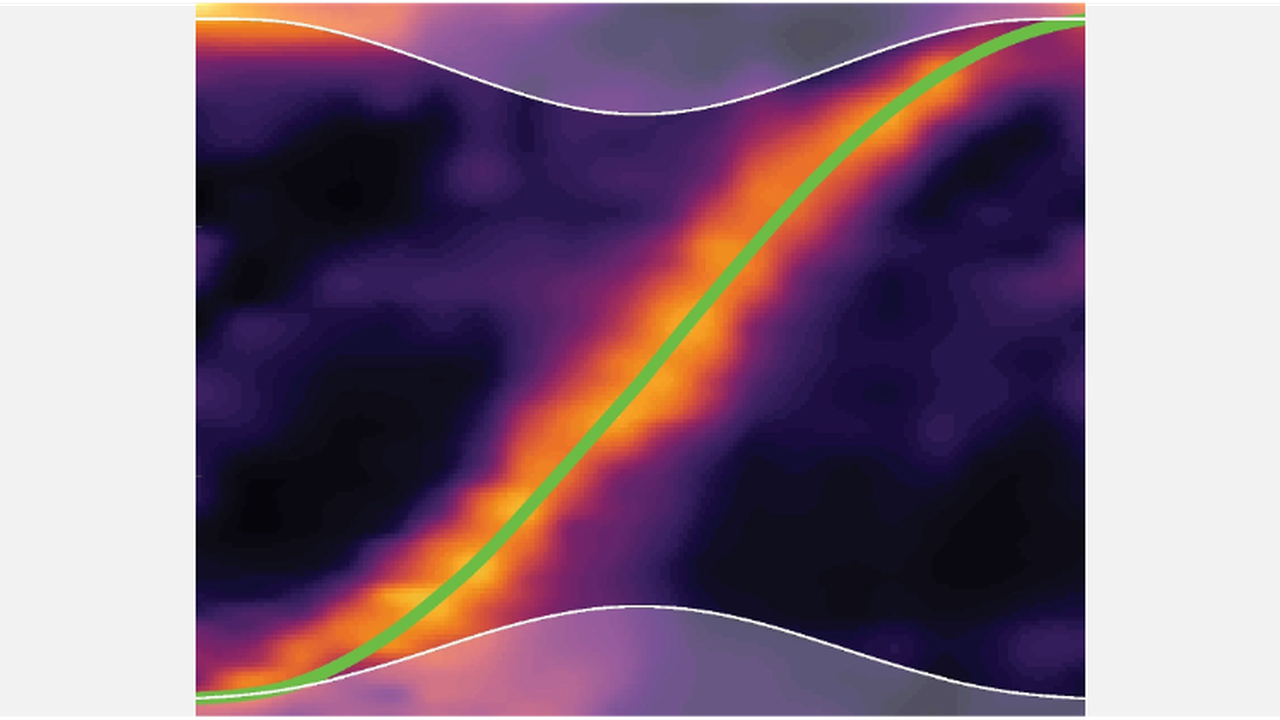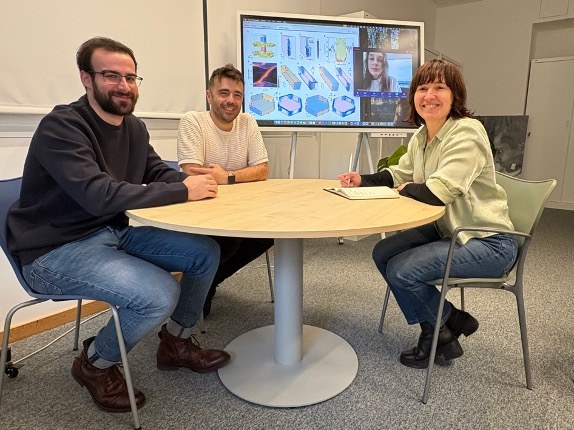Dark matter is closer to being detected
An international team from Donostia International Physics Center (DIPC) and Nanyang Technological University (NTU) has made a breakthrough that could bring us closer to unlocking the secrets of the cosmos by helping to detect the Universe's "dark matter". The work published in Science marks a milestone in topological materials and opens up new avenues for photonics and communication systems

In an important scientific breakthrough, an international collaboration, including researchers from the Donostia International Physics Center (DIPC), has made a key discovery that could potentially allow the detection of dark matter. Although central to explaining cosmic phenomena, dark matter remains undetectable by conventional means because it does not interact with light and ordinary matter. This pioneering research, published in the prestigious journal Science, marks a milestone in the study of topological materials and opens pathways for advancements in photonics, and robust communication systems.
One prominent theory suggests that dark matter may consist of hypothetical particles called axions. These particles, which have been theorised since the 1970s, are thought to have been created during the formation of the Universe. Detecting axions has proved difficult because they interact weakly with their environment. However, axions are predicted to transform into photons under strong magnetic fields, a transformation that is crucial for their detection.
The international team achieved a significant milestone by demonstrating that photons - particles of light - can mimic the behaviour of axions when passing through a specially designed three-dimensional crystal structure. This crystal enables light of certain wavelengths to move exclusively along its edges in one direction without loss or interference, circumventing obstacles with ease. This motion mirrors the theoretical behaviour of axions and represents a major advance in experimental dark matter research. The study´s findings could also help make data transmission and quantum computing more robust because this property is critical for robust data transfer.
According to Chiara Devescovi and Antonio Morales, researchers from DIPC who have developed part of the theoretical work, “this research not only demonstrates a new photonic material but also establishes a new way to control and utilize light in three dimensions. The experimental observation of axion-like behaviour in photonic crystals provides significant insights into fundamental physics and lays the foundation for developing next-generation technologies.”
Beyond photonic communications, “this discovery could offer new experimental platforms to explore axion electrodynamics and other foundational principles of physics such as braiding in photonic crystals. The research emphasizes the power of international collaboration in solving complex scientific challenges”, add Aitzol Garcia-Etxarri, Ikerbasque associate professor at DIPC, and Maia Garcia Vergniory, researcher at DIPC and professor at University of Sherbrooke, who have led the work from the Donostia International Physics Center (DIPC).
Publication reference
"Photonic Axion Insulator"
Gui-Geng Liu, Subhaskar Mandal, Xiang Xi, Qiang Wang, Chiara Devescovi, Antonio Morales-Pérez, Ziyao Wang, Linyun Yang, Rimi Banerjee, Yang Long, Yan Meng, Peiheng Zhou, Zhen Gao8, Yidong Chong, Aitzol García-Etxarri, Maia G. Vergniory, Baile Zhang.
Science 387, (2024)

